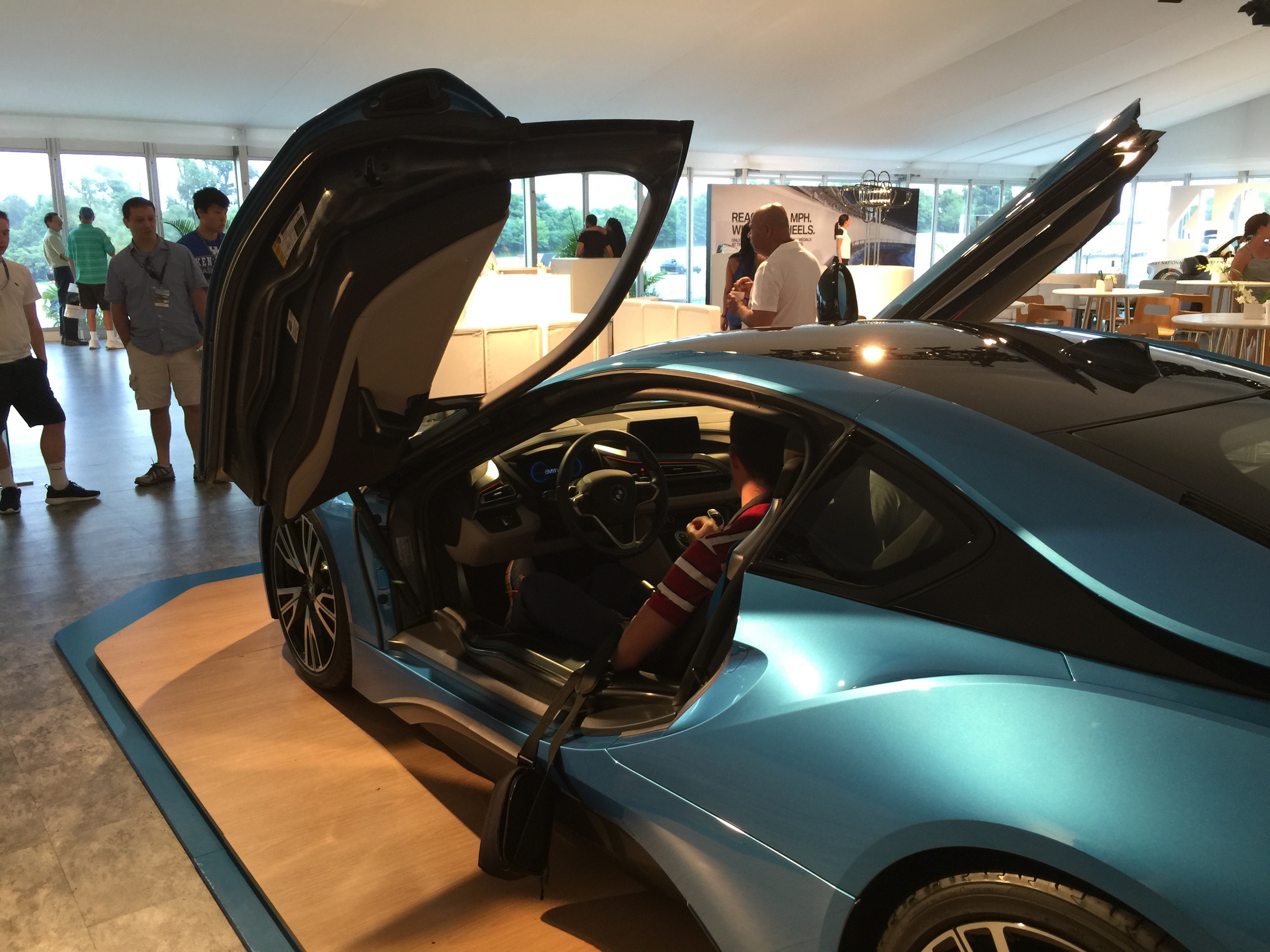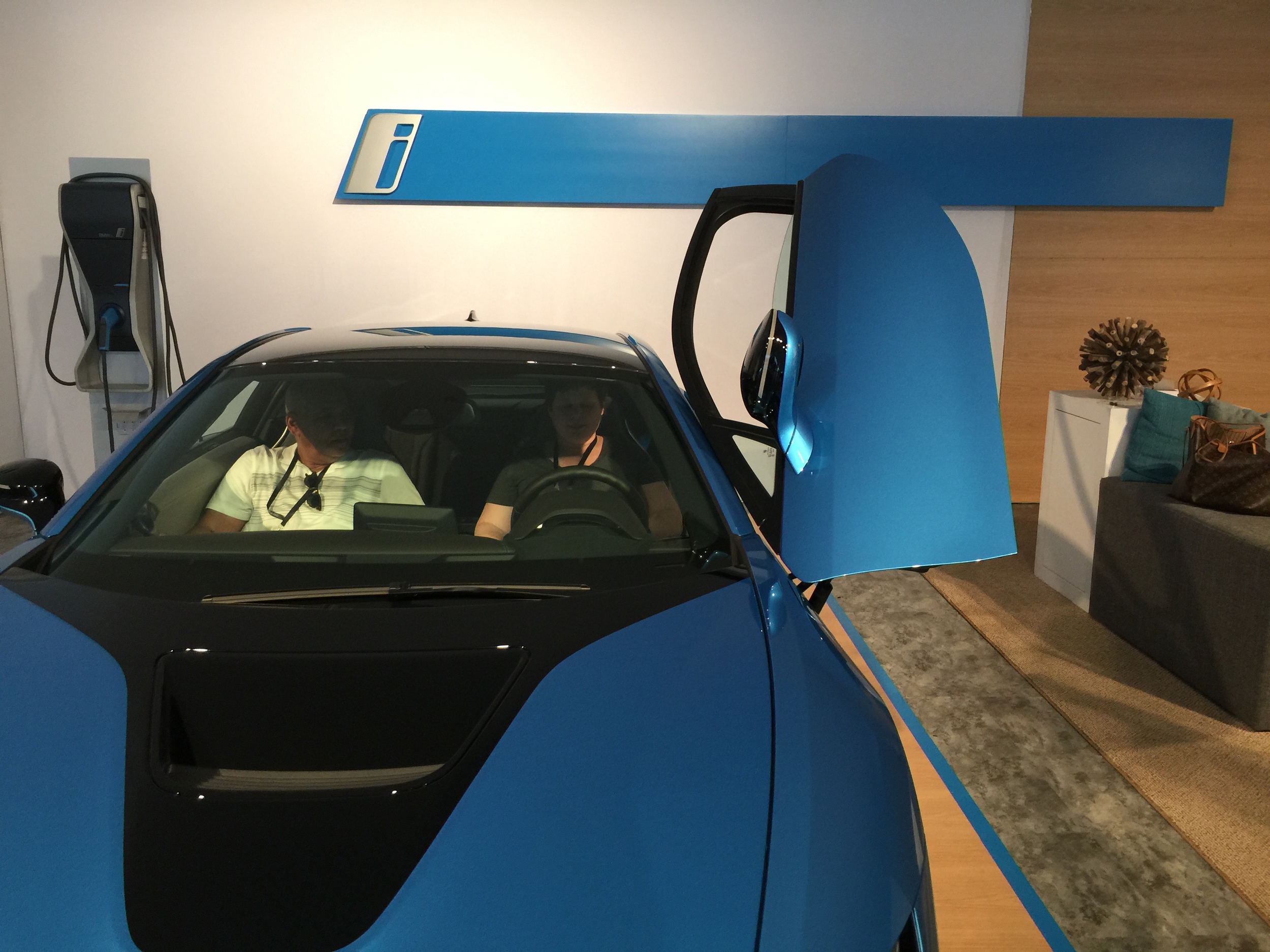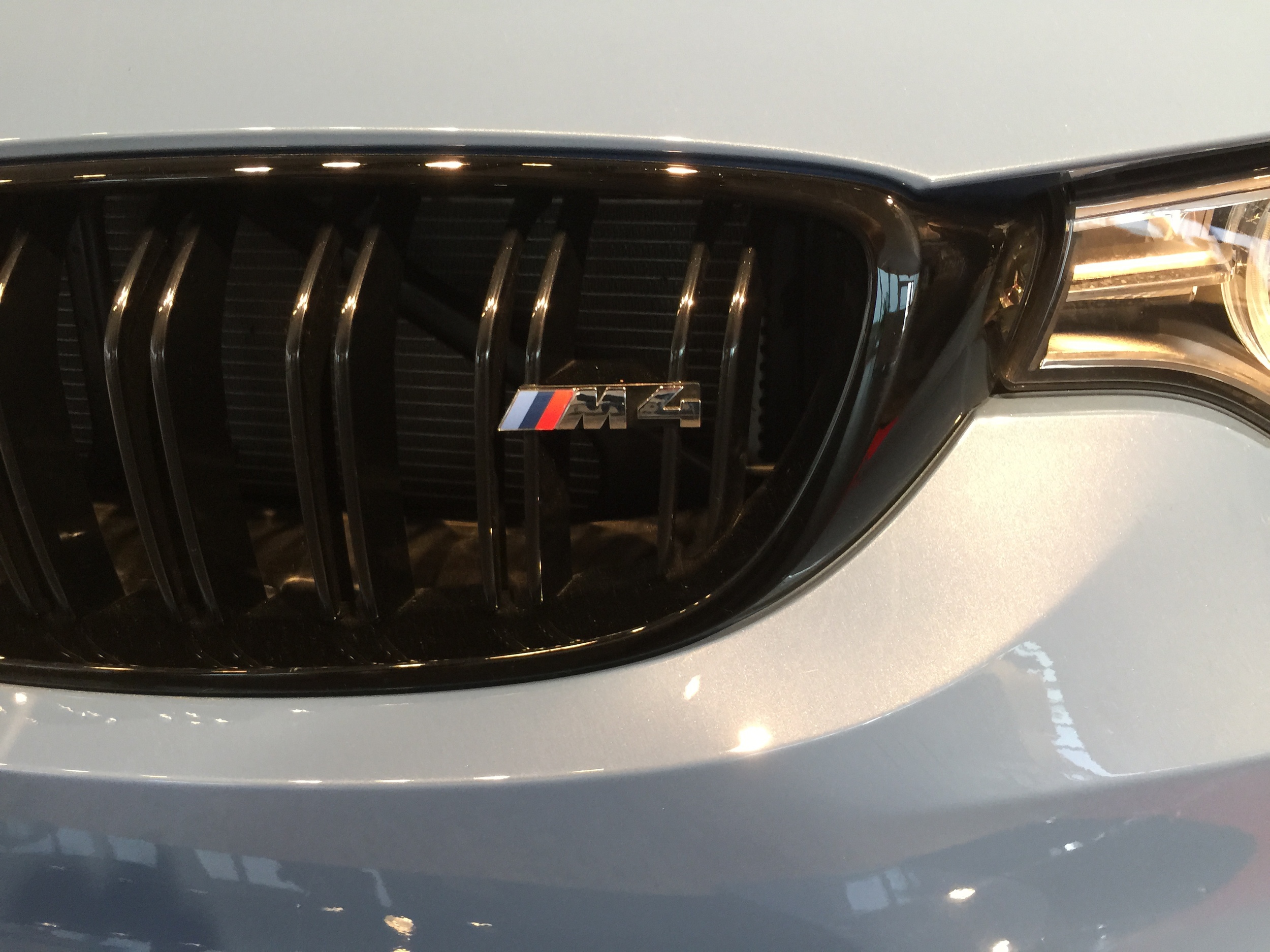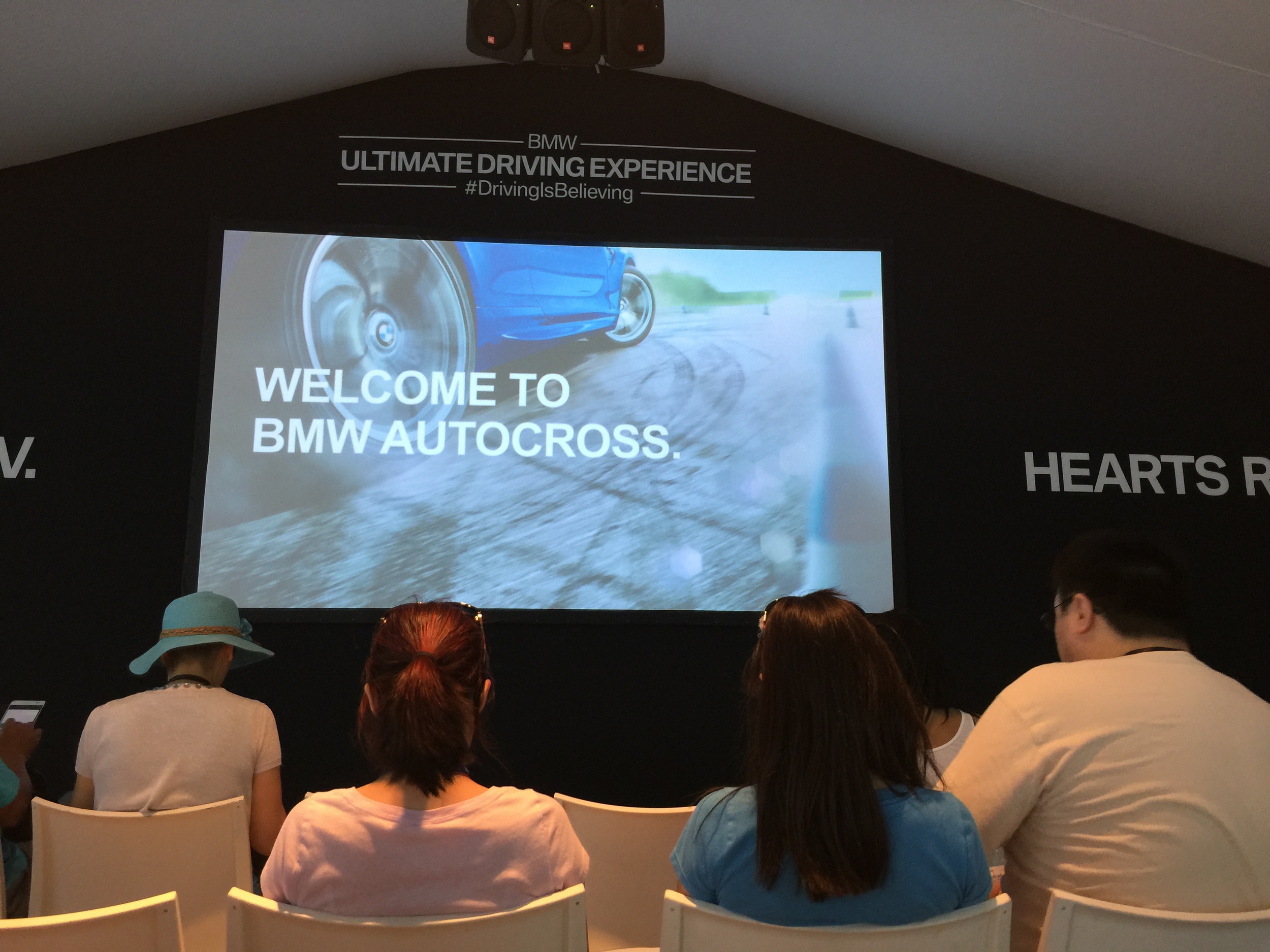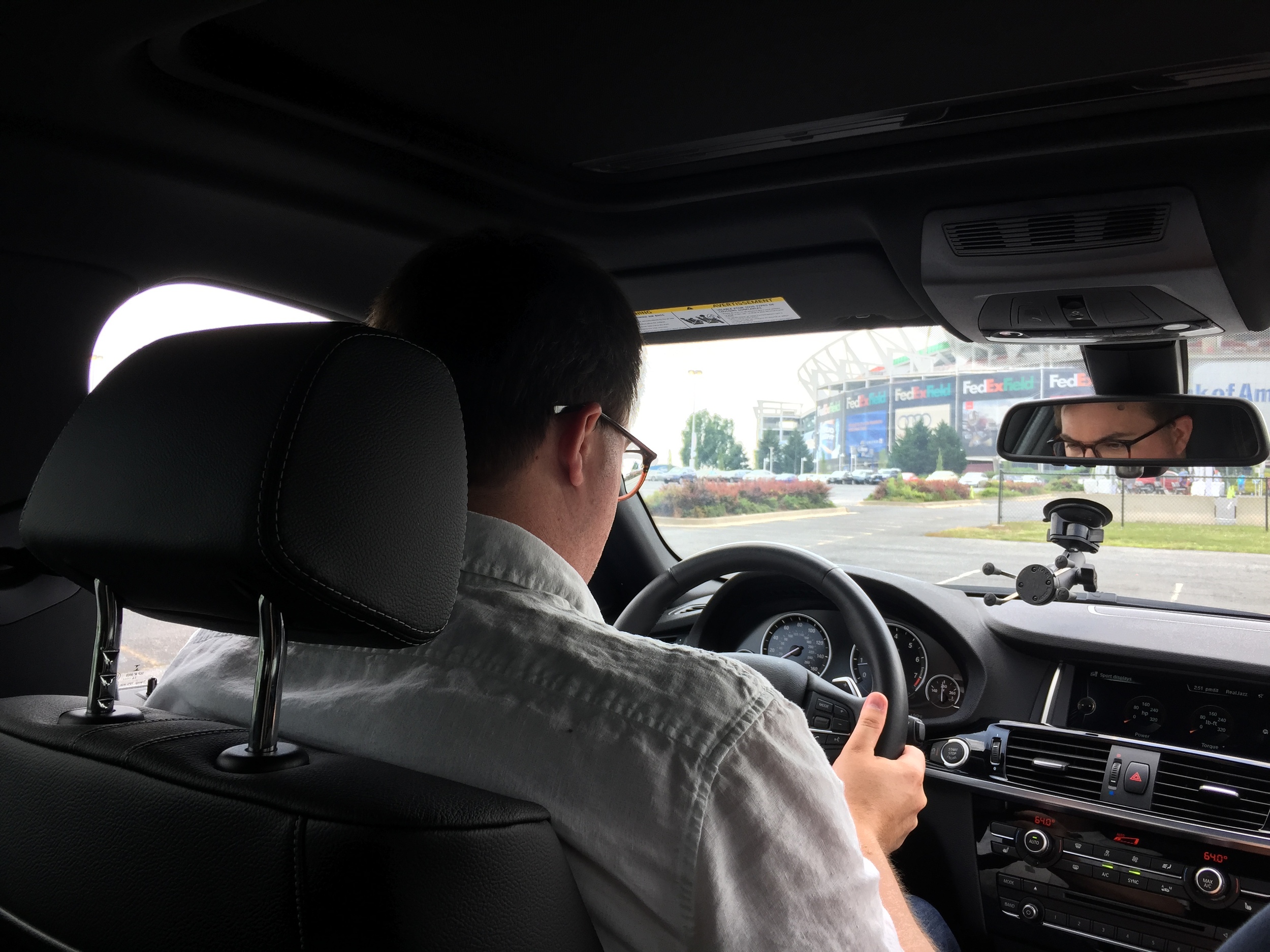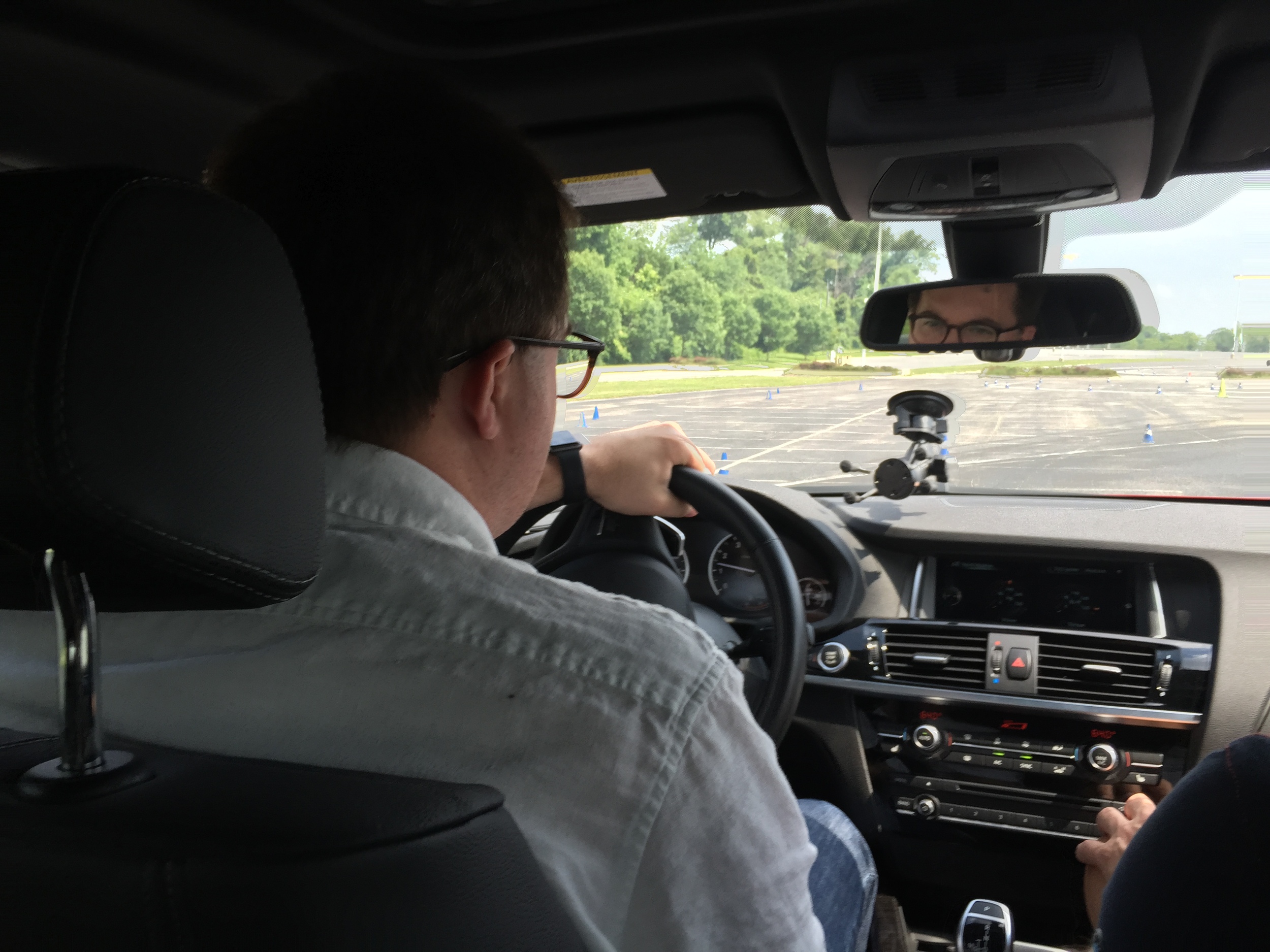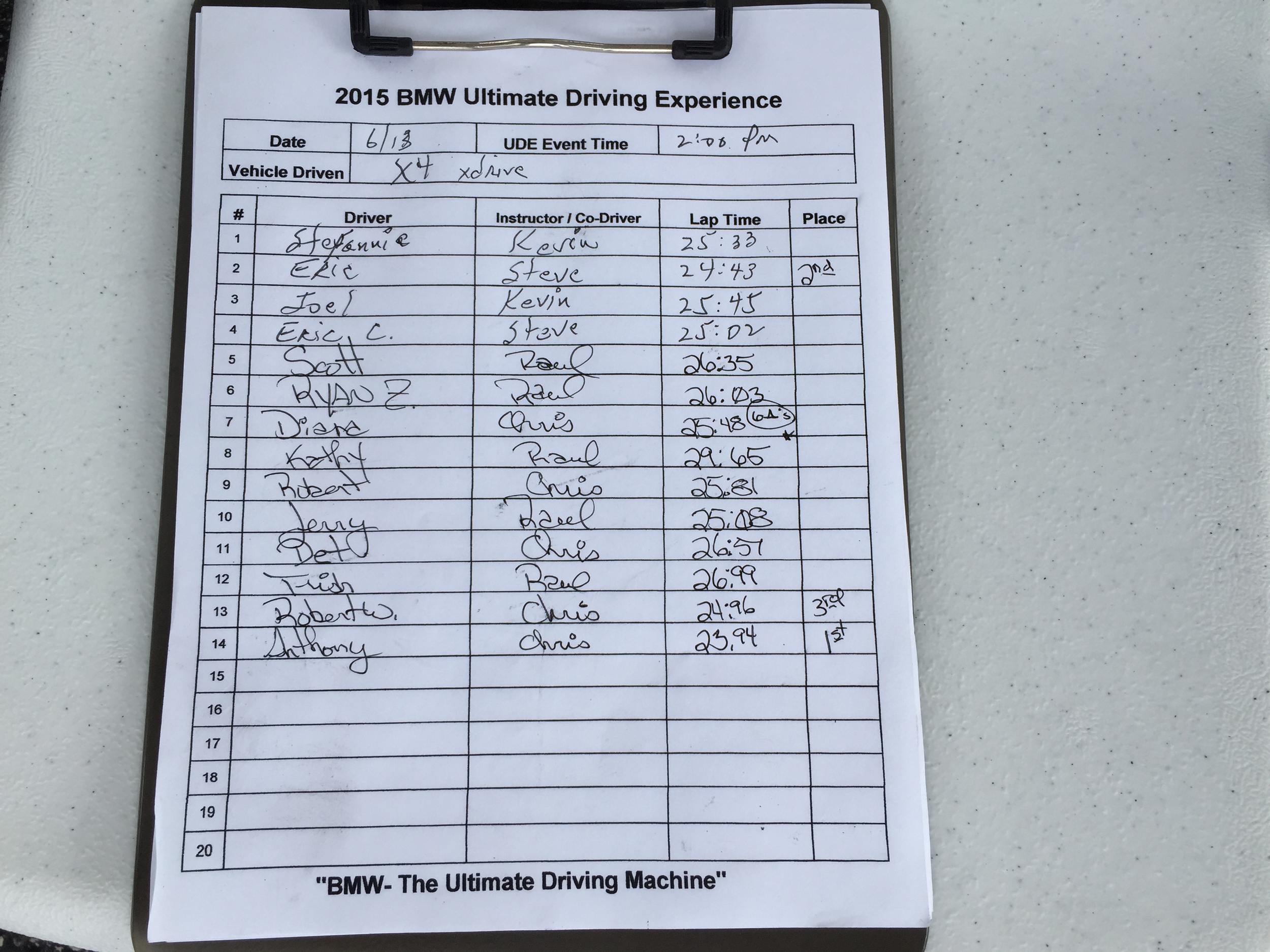Yesterday, Marco Arment bought one of the new ultra-thin MacBooks. He wrote about his experiences in using it the first day, and why he's now going to return it. You should read his post to get all of the details of his critique.
In a post entitled "Mistake One", Marco Arment writes:
Instead, we have major compromises on previous invariants. Until now, since I started buying Macs 11 years ago, Apple had never shipped a laptop with a keyboard or trackpad that was less than great. They recognized that a laptop without a good keyboard wasn’t a good laptop, even if a lot of people would be OK with it and buy it anyway.
Now, Apple’s priorities have changed. Rather than make really great products that are mostly thin, they now make really thin products that are mostly great.
This concerns me more than you probably think it should. Not only does it represent compromised standards in areas I believe are important, but it suggests that they don’t have many better ideas to advance the products beyond making them thinner, and they’re willing to sacrifice anything to keep that going.
I'm not a laptop guy. I detest notebook computers because unlike most people (and I recognize I'm in an extreme minority here), I do not commute, I rarely travel, and I otherwise just use my computers in my office in a single room of my house and never have the need to move them.
For this reason, a notebook computer is nothing but a bucket full of compromises that I do not need or want. And that's fine. I recognize that most people need mobility, and desire ultra-portability while wanting fast computers. My beef with Apple is not this, but with their desires for thinness and lightness creeping into product lines that do not need these features.
In 2009, Apple rolled out the 27" iMac with an IPS display for the first time. The machine had a beefy, fast 7200 RPM hard drive in it. In 2012, the new iMacs released had a notebook-thin edge to them, from where the computer tapered down from the middle, in the back. Why? Because it made it look thin from the side. The drawbacks though? It went from having a 3.5" 7200 RPM hard drive inside with plenty of room to cool it, to having a slower, 2.5" 5400 RPM hard drive in it. These machines were also noticably hotter, due to their confined space.
Another example of this thiness-creep: The late 2013 Mac Pro. Now, don't get me wrong...I own one. And I love it. Its the best Mac I've ever owned....but this is also my first Mac Pro I've ever owned. The machine looks fantastic. But the rest of my desk? Awful. Why? Because in order to use the Mac Pro like I want to use it, like I would have used the previous cheese grater Mac Pro, is to have lots of external thunderbolt drives, connected to it. The previous Mac Pro could hold 4 drives internally, and have expansion slots & bays for things like additional SSDs or upgradeable video cards. This new Mac Pro has six thunderbolt slots. Apple basically told its pro users, "Hey folks! Jony wanted to make something small and pretty, but we recognize you actually need to use this machine for practical reasons, so, here are a lot of ports! Have fun!".
I don't know if we can lay the blame for these decisions on Jony Ive, but I'm going to do it because he's the person ultimately responsible for design, right? Whether he is directly responsibile or not, he is the person that has the power to change this. I think its clear from interviews we've seen him do, and videos we've seem him do, Jony doesn't like clutter. So Jony eliminates clutter. The problem is - he really isn't eliminating clutter at all. His customers still NEED that clutter - whether it be more storage space on Mac Pros or more ports on the MacBook. He's just ducking the responsibility of the clutter off to third parties. He's putting his fingers in his ears and going "LA-LA-LA-LA-LA I CAN'T HEAR YOU" while shutting his eyes and thinking of Kansas. The result? More and more of Apple's products (like this new MacBook, like the Mac Pro) are pushing the burden and responsibility off on the customer or third party accessory maker so that Jony can pretend it isn't necessary. The result? My desk is cluttered with half a dozen external thunderbolt and USB 3 drives. MacBook users are going to have to buy Apple's ridiculous $80 dongle or thirdparty versions of it, in order to actually use the product as they need to use it. Sure, this makes their products look pretty in Apple stores and on their website in order to sell more of them. But I think its the cheap, easy, and lazy way out. The problem that needs solving includes these needs of their customers. By pretending like the needs doesn't exist, or refusing to bear the responsibility of solving them, Apple is making worse products. On the outside, these machines look beautiful but in practical, day-to-day use, are worse than the products they used to make. This makes me sad and disappointed.













